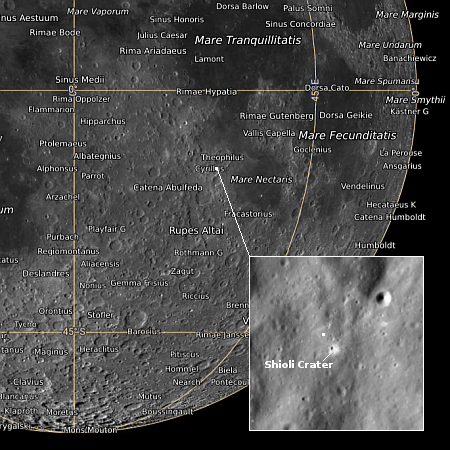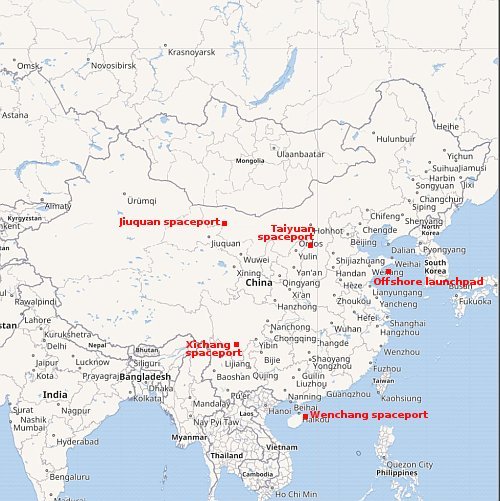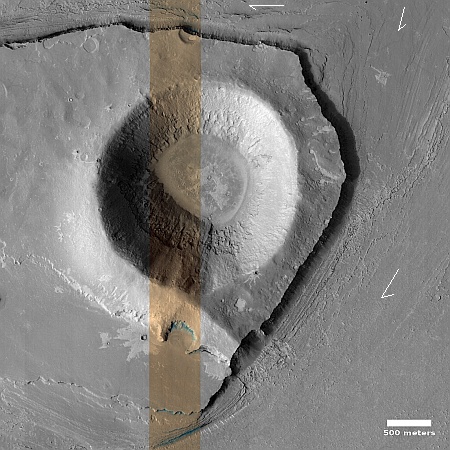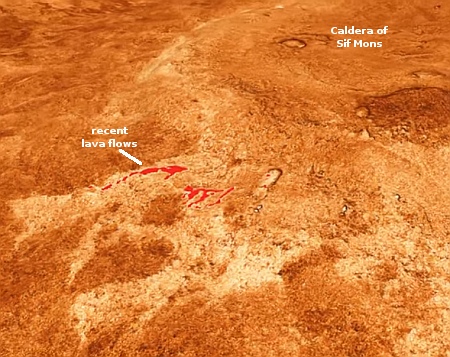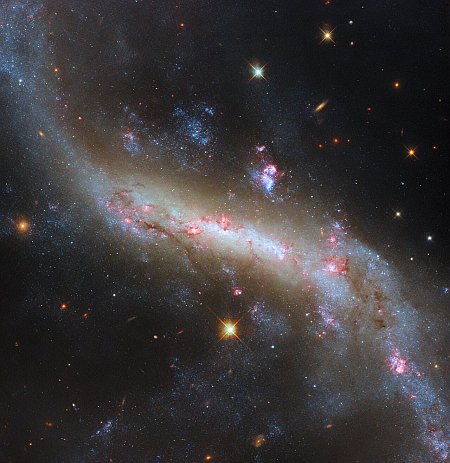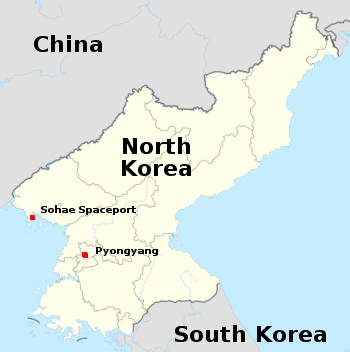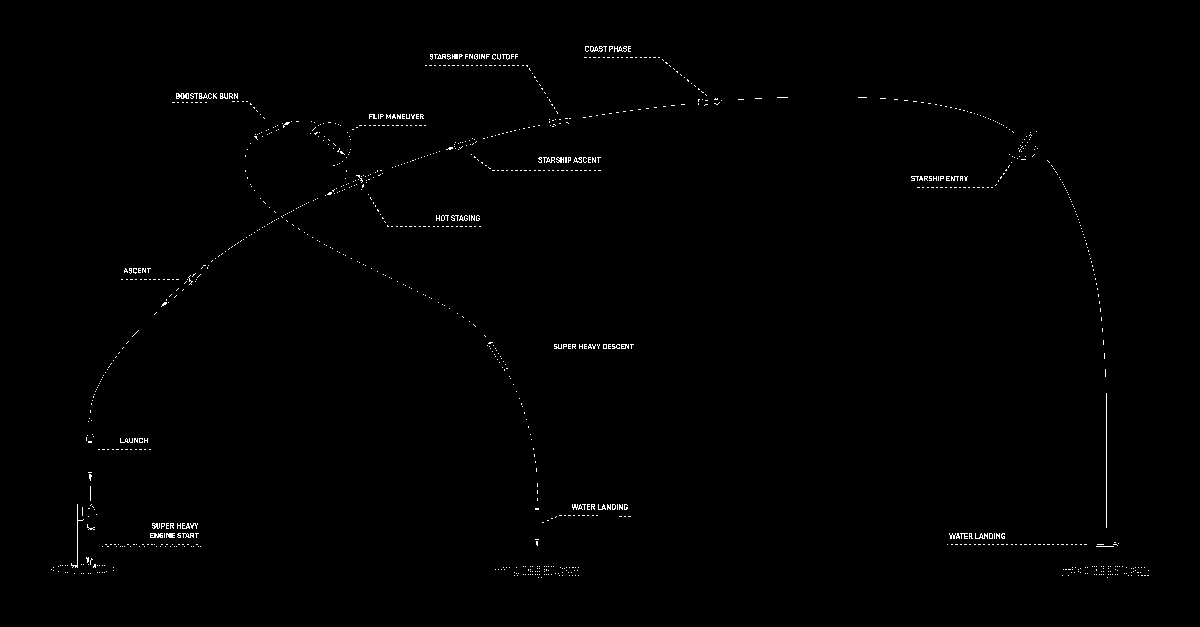Botswana approves Starlink
After first denying SpaceX the right to sell Starlink in Botswana in February, government officials have now done a sudden about-face and approved Starlink.
During a business summit in the United States earlier in May, President Mokgweetsi Masisi met with Ben MacWilliams, the Director of Starlink’s Global Licensing and Activation, who expressed interest in obtaining a license to operate in Botswana. Following this meeting, President Masisi decided to approve Starlink’s licensing and instructed the regulator to expedite the application process within two weeks.
I could speculate on what caused the president to change his mind after this meeting, but I’ll leave that to my readers.
After first denying SpaceX the right to sell Starlink in Botswana in February, government officials have now done a sudden about-face and approved Starlink.
During a business summit in the United States earlier in May, President Mokgweetsi Masisi met with Ben MacWilliams, the Director of Starlink’s Global Licensing and Activation, who expressed interest in obtaining a license to operate in Botswana. Following this meeting, President Masisi decided to approve Starlink’s licensing and instructed the regulator to expedite the application process within two weeks.
I could speculate on what caused the president to change his mind after this meeting, but I’ll leave that to my readers.

